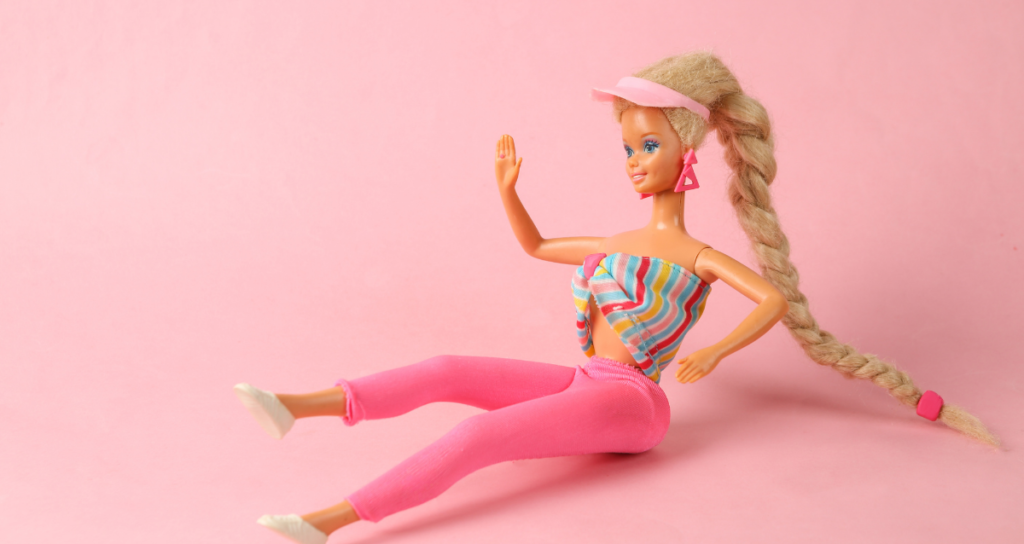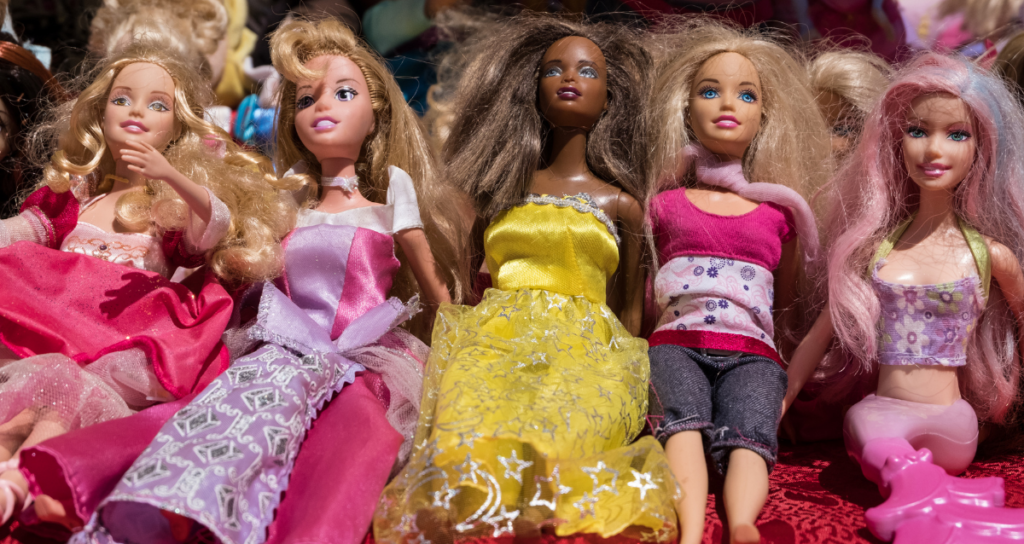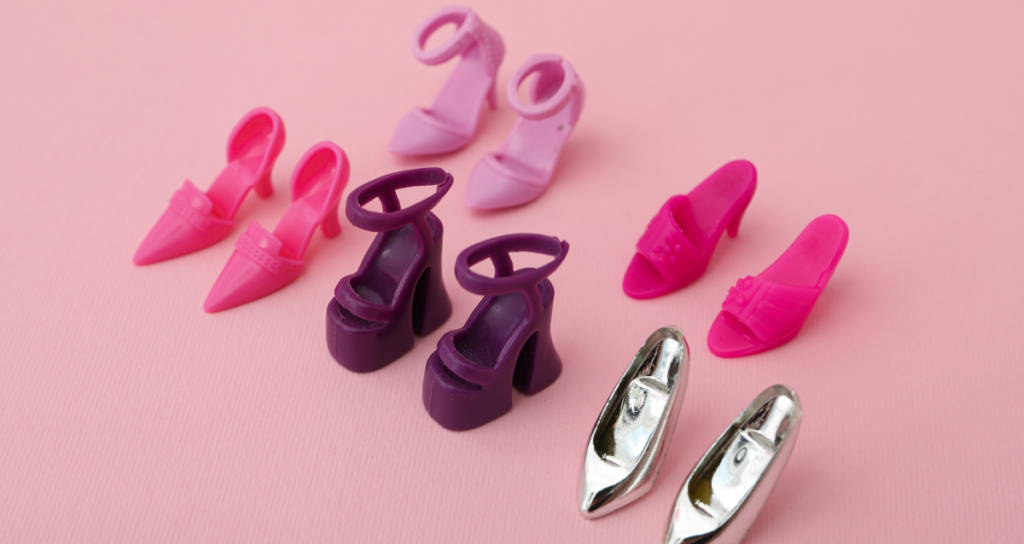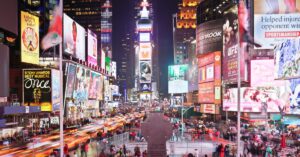The release of the Barbie movie has sent shockwaves across the marketing world. As Barbie takes centre stage in theatres worldwide, brands everywhere are seizing the opportunity to ride the wave of Barbie’s popularity. From a vibrant fuchsia Xbox to a stylish Balmain cropped hoodie, and even a chance to stay at a real-life Barbie Dreamhouse courtesy of Airbnb in Malibu, businesses are vying for a piece of the Barbie hype.
Josh Goldstine, the president of global marketing at Warner Bros., remarked that from the moment the Barbie movie was announced, it garnered immense love from the public. However, it was during the shooting of the movie in Santa Monica that the marketing team truly felt the excitement and attention surrounding this cinematic event.
At the heart of the Barbie movie’s marketing campaign is the iconic Barbie Pink, a colour that perfectly embodies the movie’s girl-power message. What began as a marketing choice soon evolved into a full-blown trend, as Barbie Pink became a sensation from the movie’s announcement and continued to dominate the promotional period.

Mixed Marketing Approaches: The Recipe for Barbie’s Success
The marketing strategy employed for the Barbie movie is a brilliant fusion of different approaches, combining elements of earned media, such as social media buzz, with paid media, including trailer placements. This approach, often referred to as a breadcrumb strategy, strategically offers the public tantalising glimpses of the movie, stoking curiosity and sparking conversations.
What sets this marketing strategy apart is its ability to optimise budget allocation. By fostering discussion about the movie and enticing product partnerships, the Barbie movie achieved remarkable awareness at a fraction of the original cost. Some brands even proactively integrated their products into the movie’s colour scheme and narrative, resulting in a marketing campaign that transcended mere promotion and evolved into a cultural movement.
Social media played a pivotal role in what has been dubbed the “Barbenheimer” phenomenon. Through a series of engaging conversations, the release weekend of the Barbie movie surpassed expectations, outperforming blockbusters like “Avatar: Way of Water” and “Mission Impossible.”

Barbie’s Chanel Collection: Marketing Beyond Advertising
Barbie’s collaboration with fashion powerhouse Chanel offers a prime example of how marketing extends far beyond conventional advertising. Margot Robbie, who portrays Barbie in the film, noted how the concept of Barbie aligns seamlessly with Chanel’s extensive array of accessories. This collaboration allowed Robbie to truly immerse herself in her character, enhancing the film’s authenticity.
Virginie Viard, Chanel’s creative director, threw her enthusiastic support behind the Barbie movie. She contributed outfits from Chanel’s Ready-to-Wear, COCO BEACH, and COCO NEIGE collections, with five featured silhouettes ultimately making it into the film. Notably, one of the outfits was a vintage Chanel tweed skirt and jacket from the 1990s, originally worn by supermodel Claudia Schiffer. The suit arrived on set still bearing a label that read “Claudia,” adding a touch of fashion history to the film.
Another standout moment in the movie features a custom-made pink heart-shaped handbag adorned with a white Chanel logo. The handbag became an object of desire for every woman on set, underlining the power of fashion in driving consumer interest.
Chanel’s involvement in the promotion of the Barbie movie, both within and outside the film, has significantly bolstered awareness of its Ready-to-Wear collection. This collaboration underscores a valuable lesson for marketers – digital advertising is just one facet of marketing. By participating in projects that align with brand values and narratives, companies can reshape their brand image and enhance the value of their iconic logos.

Barbie Collaborations Down Under: Brands That Jumped on the Bandwagon
In Australia, several brands hopped aboard the Barbie hype train, leveraging the power of the iconic pink trend to boost their own sales and visibility.
Cotton On Group: As one of the primary partners of the Barbie movie, the Cotton On Group, encompassing brands like Cotton On, Cotton On Body, and Typo, released a range of Barbie-themed products, including hoodies, t-shirts, and robes. The group’s youthful customer base dovetailed perfectly with the Barbie movie’s audience, and affordable price points translated into robust sales.
Oodie: Adelaide-based brand Oodie capitalised on the pink trend by introducing Barbie Oodies. Featuring the Barbie logo on Oodie’s signature comfy pink materials, these Oodies became the go-to loungewear for cosy movie nights.
Glasshouse: Australian luxury candle company Glasshouse unveiled a special edition Barbie Dreamhouse candle with the enticing fragrance of “strawberry and dream.” The scent transported customers back to the thrill of unwrapping a new Barbie doll, reinforcing the power of nostalgia in marketing.
Mermade Hair: Hair tool brand Mermade Hair launched two Barbie-themed products – The Barbie Blow Out Kit and the Wavy Kit. Collaborating with Mattel, these kits allowed users to recreate the fabulous hairstyles of Barbie. This partnership showcases the potential for collaboration between established brands and niche markets.
Impala: Given the iconic scene in the movie featuring Barbie skating on the beach, it’s no surprise that a roller skate partnership was in the cards. Impala delivered with bright yellow and pink roller skates, accompanied by a range of safety products, including wrist guards and knee pads.
While not every brand could secure official partnered products, many joined the pink trend and launched pink-themed items to capitalise on the Barbie craze. These brands recognized the importance of staying attuned to market trends and responded with relevant products. Collaboration with marketing agencies often played a pivotal role in identifying market trends and realigning marketing goals for long-term growth.
Summary
The Barbie movie has not only captivated audiences on the silver screen but has also created a marketing phenomenon that extends far beyond the confines of traditional advertising. The success of the movie’s marketing campaign lies in its mixed approach, blending earned and paid media to optimise budget allocation. The collaboration with Chanel and other Australian brands showcases the power of partnerships in reshaping brand narratives. As the Barbie movie continues to make waves, it serves as a testament to the multifaceted nature of modern marketing and the enduring appeal of an iconic brand.



